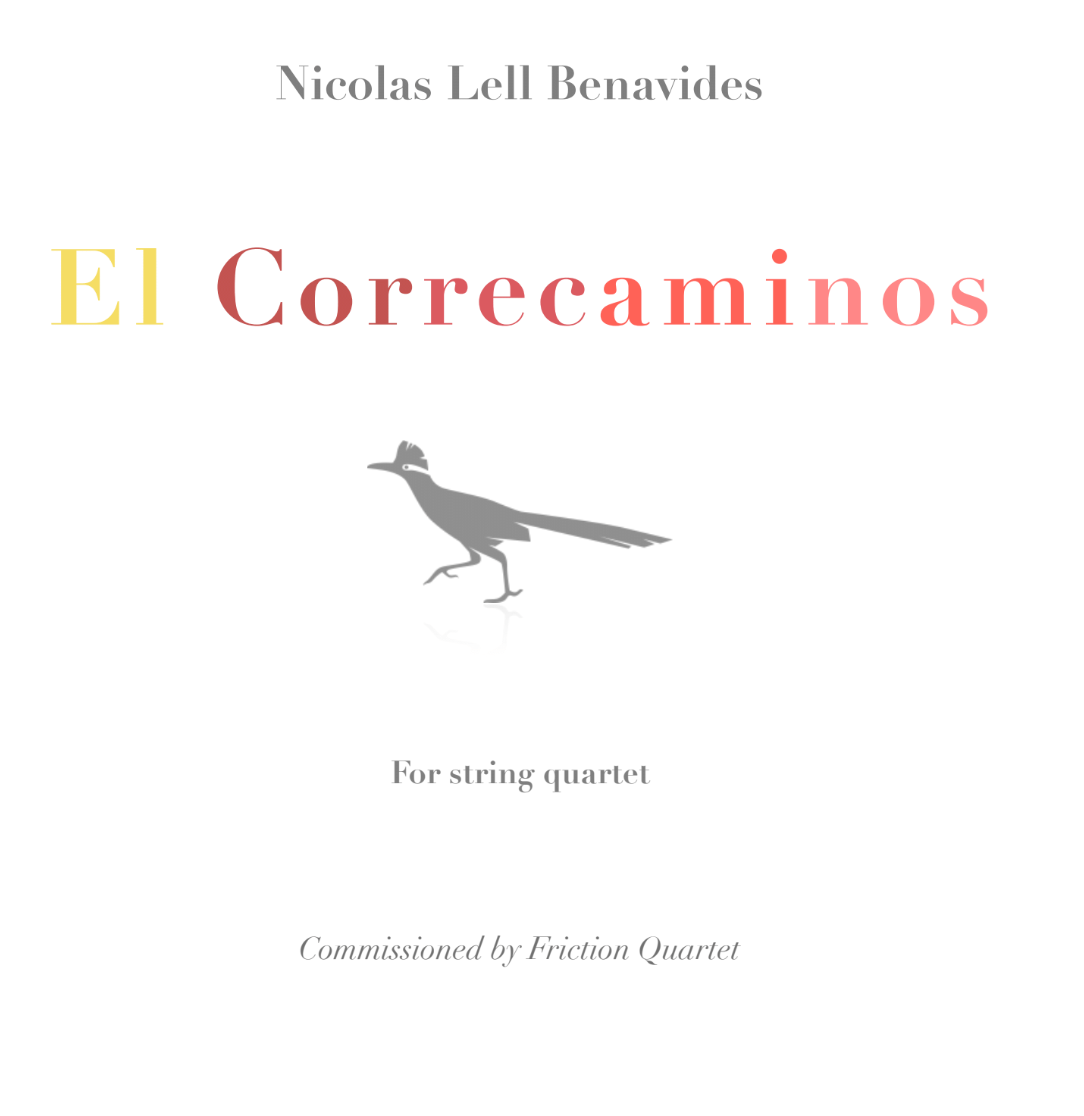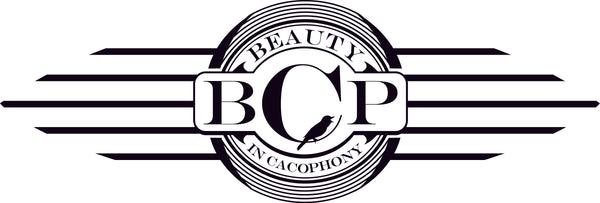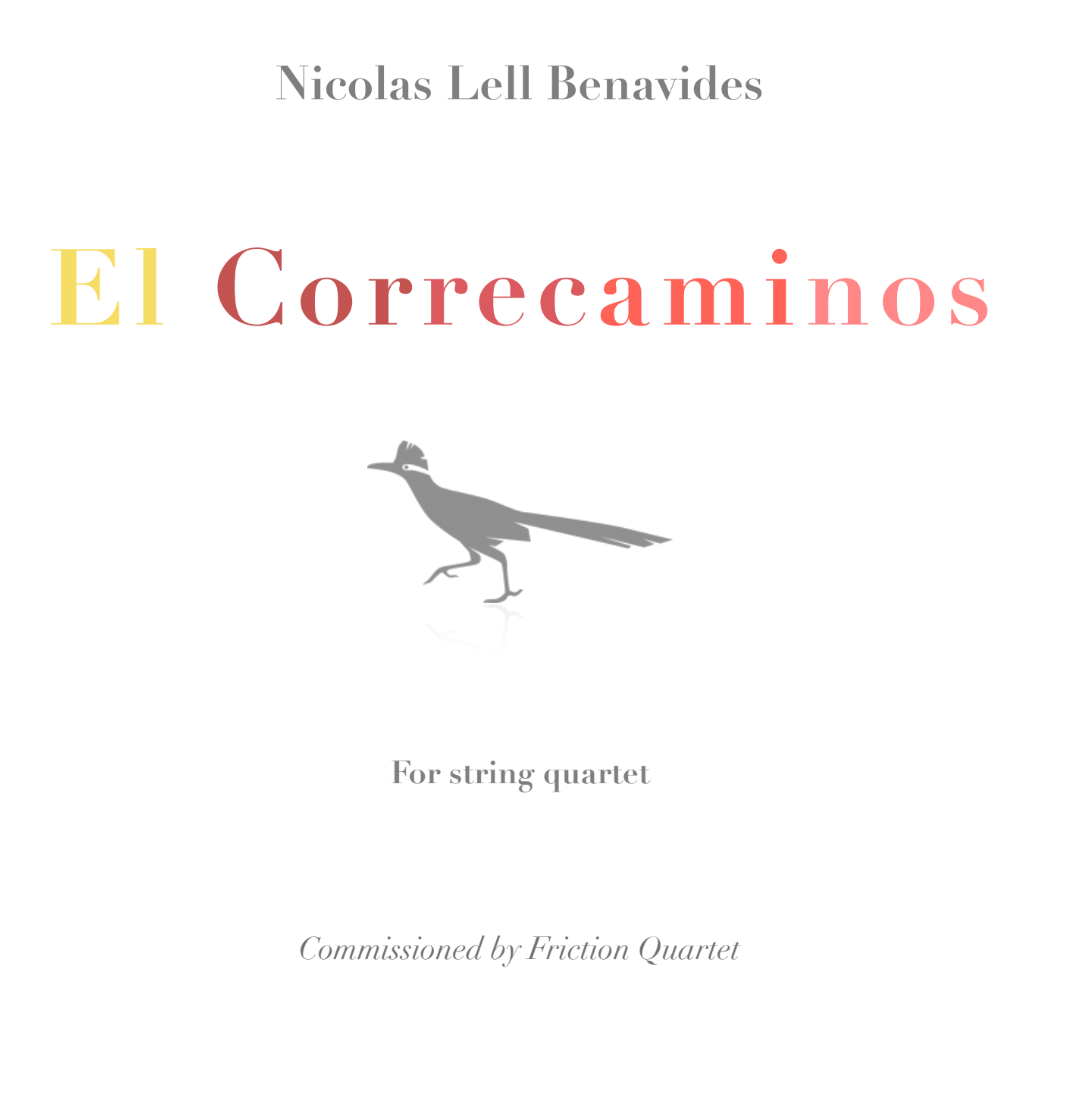BCP Music
Nick Benavides - El Correcaminos
Nick Benavides - El Correcaminos
Couldn't load pickup availability
El Correcaminos - for String Quartet
(Score and Parts)
Composer's Note
It's difficult to capture New Mexico in one symbol. I, like many New Mexicans, am the product of generations of love, conflict, migration, peace, war, spirituality, colonialism, and progressivism. New Mexico is the meeting place of the South, West, East, and North, much like the four sided Zia symbol on our state flag. Puebloans lived here for thousands of years, followed by the Navajo (Diné), the Spanish then Mexicans, and finally the Americans. I've found myself pondering how they all saw the same Land of Enchantment and how some must have gotten along and even fallen in love.
New Mexico's state bird, the roadrunner, has a universal and positive appeal for almost all of the cultures that intermingled there. Roadrunners are beautiful, athletic, fearless, and mysterious. They notably have four toes and nearly symmetrical feet, with two toes facing forward and two facing backward. The concept of symmetrical groupings of four is paramount. The triad with both a major and minor third plays an outsize role in all movements since it holds two major thirds and two minor thirds as a palindrome (C E Eb G). The triad in inversion, as Bartók was obsessed with, makes appearances as well for its symmetry (E G C Eb). Augmented harmony and triad shapes (C E Ab C) perfectly divide an octave into four units, and this material is woven throughout. The piece goes in reverse chronological order of the people who arrived.
The first movement, “Chaparral Bird", is about the Americans heading West. Their primary concern was getting lost and their superstition was that the roadrunner would lead them back to the trail. It's about wading into the unknown and finding your way again.
The second movement, "El Correcaminos", is primarily about the Mexicans who arrived (influenced by the Spanish) from the South (and somewhat the West) in the 18th and 19th centuries. They were looking to settle permanently, and saw el correcaminos as a fertility blessing like a stork. They were elated to see one, as it meant there was a future in this place.
The third movement, "Tadai", takes its name from the O'odham Language, one of the many Uto- Aztecan languages. The Hopi, one of the diverse groups of Puebloans in the Southwest (who speak a language in this family called Hopi), believed that the roadrunner could protect against evil spirits. The symmetrical feet could conceal which direction the bird was headed, making them difficult to track. This movement uses symmetrical structures that are constantly rotating and breaking. The piece feels repetitive, but never exactly repeats itself.
The fourth movement, "Cyx", is how I imagine the roadrunner thinks of itself. The name comes from the scientific name for roadrunner, "Geococcyx." As a child I would see how close I could get to one, and then I'd find myself retreating as I realized the bird was not about to cede ground to me, a creature it has survived and lived alongside for thousands of years. This movement combines elements from all the previous movements and bolts frantically from one bit of material to the next.
My biggest thanks to Friction Quartet for making this piece possible, through it I’ve had so much fun imagining the world through the roadrunner’s eyes.
Share


